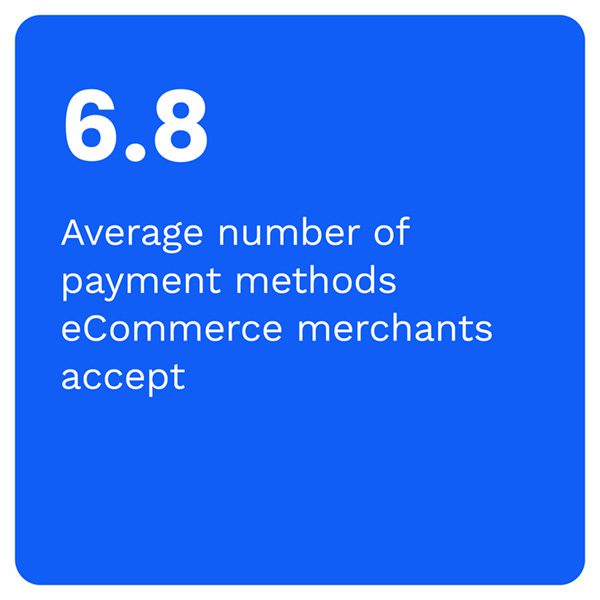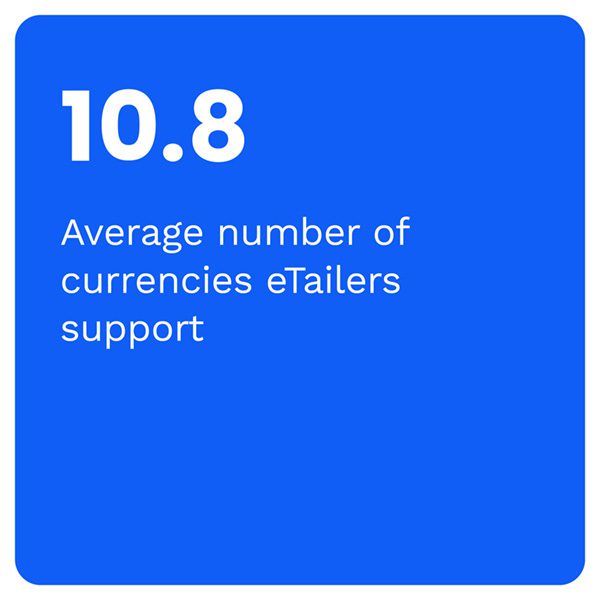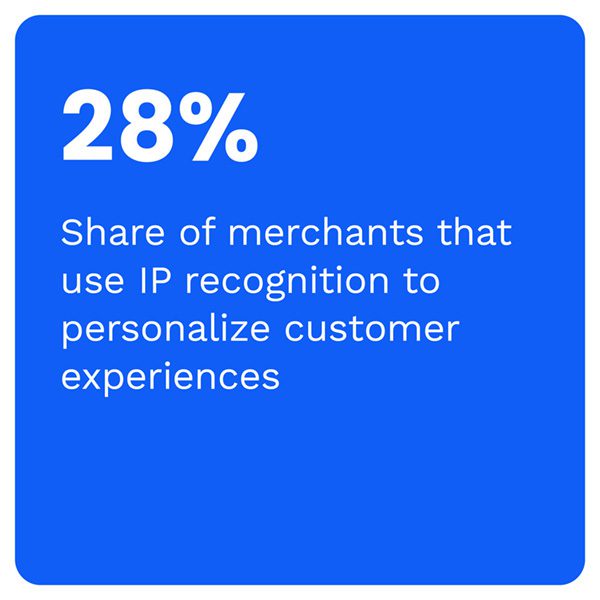eBay: More Options, Less Red Tape Needed to Streamline Cross-Border Payments and Purchases

Cross-border payments have expanded significantly from businesses to individual consumers in recent years, with payment card giant Visa reporting that cross-border payment volumes on its service grew by 38% in Q4 2021, for example. This trend has been driven by individuals shopping online as brick-and-mortar sales stagnated due to the ongoing pandemic.
Mobile commerce is comprising an increasingly larger frac tion of total consumer eCommerce in recent years, due to the proliferation of smartphones. Transactions made via mobile devices are expected to spike by 70% over the next five years, accounting for $3.1 trillion in purchases, and this increased demand is sure to spill into the cross-border payments space. Merchants are working overtime to meet customers’ demands when it comes to providing quick, convenient and secure cross-border payments experiences, such as offering free shipping or quality-of-life features such as stored payment profiles or QR-enabled instant payments.
tion of total consumer eCommerce in recent years, due to the proliferation of smartphones. Transactions made via mobile devices are expected to spike by 70% over the next five years, accounting for $3.1 trillion in purchases, and this increased demand is sure to spill into the cross-border payments space. Merchants are working overtime to meet customers’ demands when it comes to providing quick, convenient and secure cross-border payments experiences, such as offering free shipping or quality-of-life features such as stored payment profiles or QR-enabled instant payments.
In the “Cross-Border Retail Payments Tracker®,” PYMNTS explores how mobile payments have surged over the past 18 months, how cross-border payments have been affected by this change and how companies are dealing with the friction and security complications of mobile cross-border commerce.
Developments From Around the World of Cross-Border Retail Payments
Cross-border commerce encompasses countless industries, but fashion takes the top slot. A recent survey found 57% of online shoppers in Australia, Germany, the United Kingdom and the United States have made at least one such cross-border purchase.
Leisure and beauty items took the second and third-place slots at 44% and 42% respectively, but customers have trepidation when it comes to these transactions. Two-thirds of respondents expect their goods to arrive late, and 59% fear unexpected duties, taxes or fees. Meanwhile, 73% anticipate a harder product return and refund process.
One driver in the growing trend of cross-border eCommerce is the ongoing pandemic. A recent study found that business to business (B2B) and business to consumer (B2C) eCommerce spend will hit $6 trillion by the end of 2022, up from $4.8 trillion in 2020.
Various alternative eCommerce spending methods are also on the rise, with buy now, pay later (BNPL) hitting $135 billion next year and electronic point of sale (ePOS) credit and installment payments expected to reach $500 billion.
For more on these and other cross-border payments news items, download this month’s Tracker.
How eBay Navigates Mobile Cross-Border Payment Obstacles
Mobile eCommerce and cross-border transactions have both surged in popularity in recent years, but combining the two can be easier said than done. Currency exchanges, transparency and a host of other issues complicate these transactions, but eBay says it has a solution.
In this month’s Feature Story, PYMNTS talked with eBay’s vice president of products, payment and risk Avritti Khandurie Mittal about how offering a single centralized payment platform helps its sellers and customers make seamless mobile cross-border transactions.
Deep Dive: How Mobile Payments Have Affected Cross-Border Transactions
Mobile payments have revolutionized eCommerce, with customers able to make pur chases at any location, rather than being confined to their computer. This paradigm shift has also affected cross-border payments, with customers expecting the same convenient experiences they have with domestic transactions — which is much easier said than done.
chases at any location, rather than being confined to their computer. This paradigm shift has also affected cross-border payments, with customers expecting the same convenient experiences they have with domestic transactions — which is much easier said than done.
In this month’s Deep Dive, PYMNTS examines the challenges eCommerce merchants face in implementing cross-border payments and how they are adapting their systems to the new normal.
About the Tracker
The “Cross-Border Retail Payments Tracker®,” a PYMNTS and Citcon collaboration, maps the use and adoption of emerging technologies and solutions to solve cross-border payment hurdles in both emerging and developed markets.

